We tell, why put the GLK and how to perform work correctly.
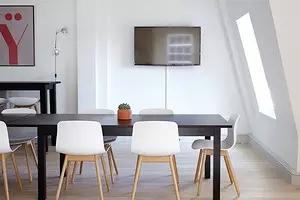
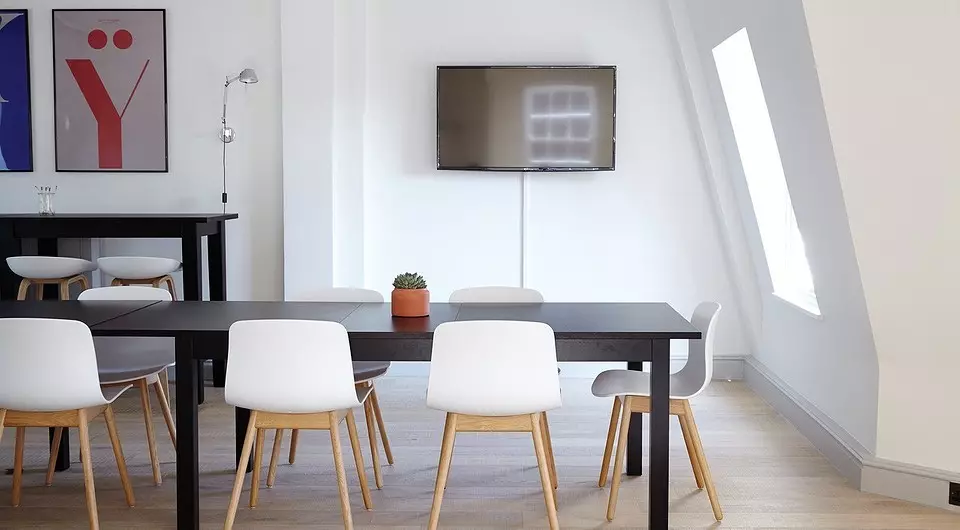
Smooth surfaces are not a whim of the spoiled customers, but the necessary condition for the quality of the finishing finish. You can argue for a long time, how to better level the plane, but if the height differences are too large, nothing else, like the GLC installation, is not invented. After installing it, it is necessary to sharpen. For those who are going to do everything on their own, we will analyze how to put plasterboard.
All about plasterboard guns
Why put shnothe hlDetailed instructions for applying a spike mix
- Preparation
- Closeing of seams and mounting holes
- Finishing corners
- Alignment of planes
Do you need to put plasterboard before finishing
Do you need to put plasterboard before sticking wallpaper or painting? The prospect of completion of unnecessary work does not like anyone. Especially if it is complicated, painstaking and takes a lot of time. It is precisely such a shtlock. Therefore, many beginner masters are asked about the feasibility of applying a putty paste on the sheets of GLC. After all, they look smooth. Sometimes it is really superfluous, but most often additional alignment is necessary.
Paint, especially glossy, reveals the slightest flaws. And there are plenty of them on plasterboard. Starting with low-speed dents obtained during transportation or installation, ending with holes in which hats of self-tapping screws are recessed. Wallpaper can hide a small part of defects, but most of them they will also show. For this reason, the basis for paint or under the wallpaper should be carefully covered.
It is easier to prepare a plasterboard base under tile or decorative putty. But here you will need to gently close the joints, seams and traces of fasteners. Thus, under the paint, the base is sweeping into two layers: starting and finishing. Under the wallpaper, especially if they are dense, only one layer of the mixture is applied. The surface under the tile can not be placed, but thorough close up of large defects.
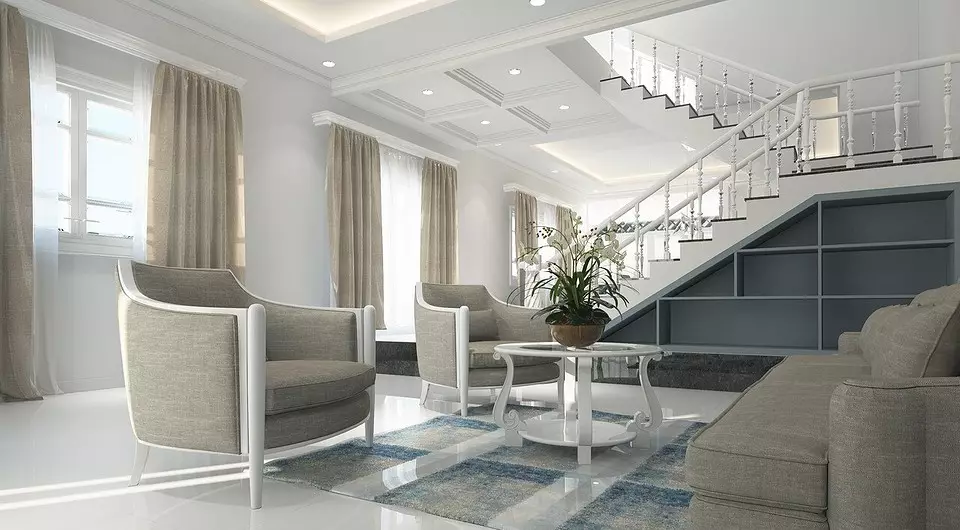
Handling plasterboard with your own hands: Step-by-step instructions
Before starting work, you need to choose the material. There are three types of putty in stores: polymeric, gypsum and cement. The last option is better not to use. The solution will not be plastic. It will be difficult to put it, and most importantly, it is almost impossible to clean it. In this way, the flat plane is extremely difficult.
Gypsum compositions are plastic, well falls, do not crack. You will need two different material: starting and finishing. The first is most distinguished by large particles of the filler, so it is well hiding unevenness. For corners and joints there are special preparations, you can choose them. Finishing solutions are finely dispersed, they effectively flatter the foundation. This quality is especially good polymers based compositions.
When choosing, pay attention to the form of the drug. It can be a ready solution, they are sold spilled in the tank. It is enough just to mix before placing. So most often produced polymer pastes. Gypsum usually sell in the form of dry powder. Before applying it is mixed with water. It is necessary to do this in strict accordance with the instructions. Otherwise, the properties of the solution will change.
The desired amount of water is poured into the container, with minor portions with stirring powder falls asleep. The paste is well done, after which it is left for 10-15 minutes, then stirred again. Now she is ready to work. For one reception, a small amount of material is mixed. It will dry quickly, and it is impossible to breed a mass of water.
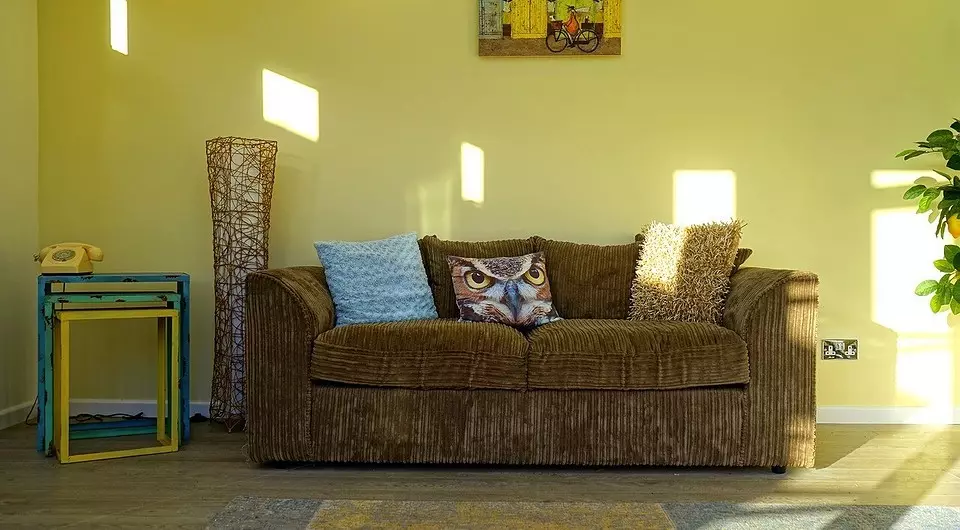
Preparatory work
They necessarily include priming. Skip this stage is urgently not recommended. The primer performs two functions at once:
- Reduces the absorbency of the base. Considering that the GLC is porous, easily absorbs moisture, the use of primer significantly reduces the flow rate of the spike solution.
- Increases adhesion or adhesion between materials. The risk of delay, the formation of air bubbles is reduced, the finish falls in a smaller.
Let us dwell on the selection of primer. Glove the GLC to the spacing mass is best for deep penetration. You can choose the composition for porous bases. What to apply over putty, depends on what is planned to be placed. The wallpaper is applied under the wallpaper, diluted with water. Under painting impose a primer of deep penetration or diluted paint. We need to clarify in the manufacturer's recommendations.
Different primers for wet and dry premises. This moment should also be taken into account when choosing. If there is a real threat to the appearance of mold or fungus it is better to take a drug with antiseptic additives. Priming is the most convenient to carry out roller, for corners and hard-to-reach areas, a brush is used. You can process all with a brush. The soil is superimposed abundantly, in one layer. Further work is carried out after its complete drying.
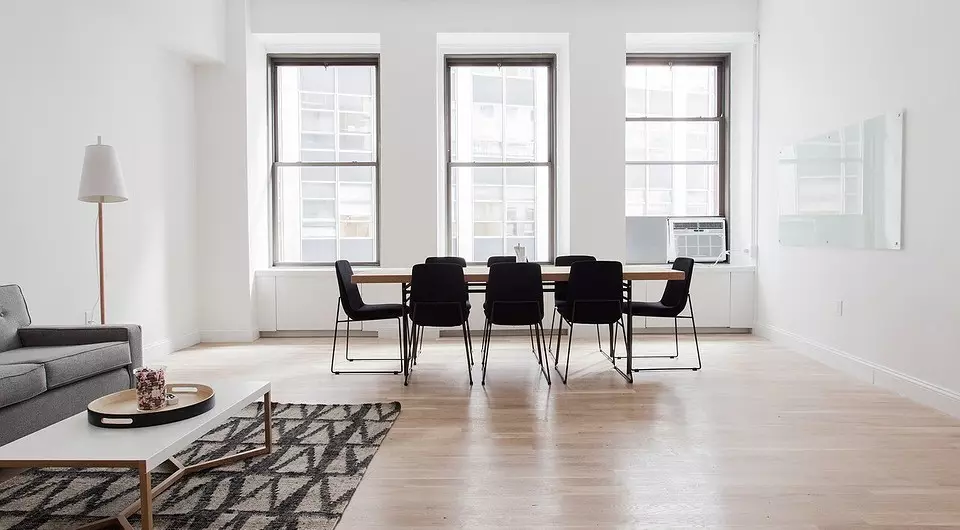
Sealing seams and mounting holes
Optimally use specialized mixtures. They are kneaded the same as the usual, but dry a little faster. Therefore, at a time divorces a small portion. For sealing holes, you will need a small spatula.How to close the seams
- We recruit a little solution to the tool.
- We press it to the surface, we carry out a slight force over the head of the self-press. The dent is filled with a spike composition.
- At the same place once again we carry out the tool, removing the surplus of the solution.
Similarly, close all mounting holes. Seam close a little more difficult. We'll figure it out how to close them. The technology depends on what form the edge of the sheet. Some plates in the production process are undergoing pruning procedure. It turns out the edge cut at an angle of 45 °.
How to work with a reinforcing lining
- We prepare the reinforcing lining. It can be plastic sickle or paper tape. Cut a fragment of the desired size. Paper soaked in clean water.
- We take a spatula, score a paste on it.
- Gently fill it with her seam so that it is completely closed.
- Press the paper item. We stick to the tape at the junction.
- We take the spatula and begin to press the reinforcing element in the drywall. Moving from the center to the edges. The surrounding paste that appeared at the same time is removed.
- Pull the junction with a surface with a surface. For this, once again we pass on it with a putty mass.
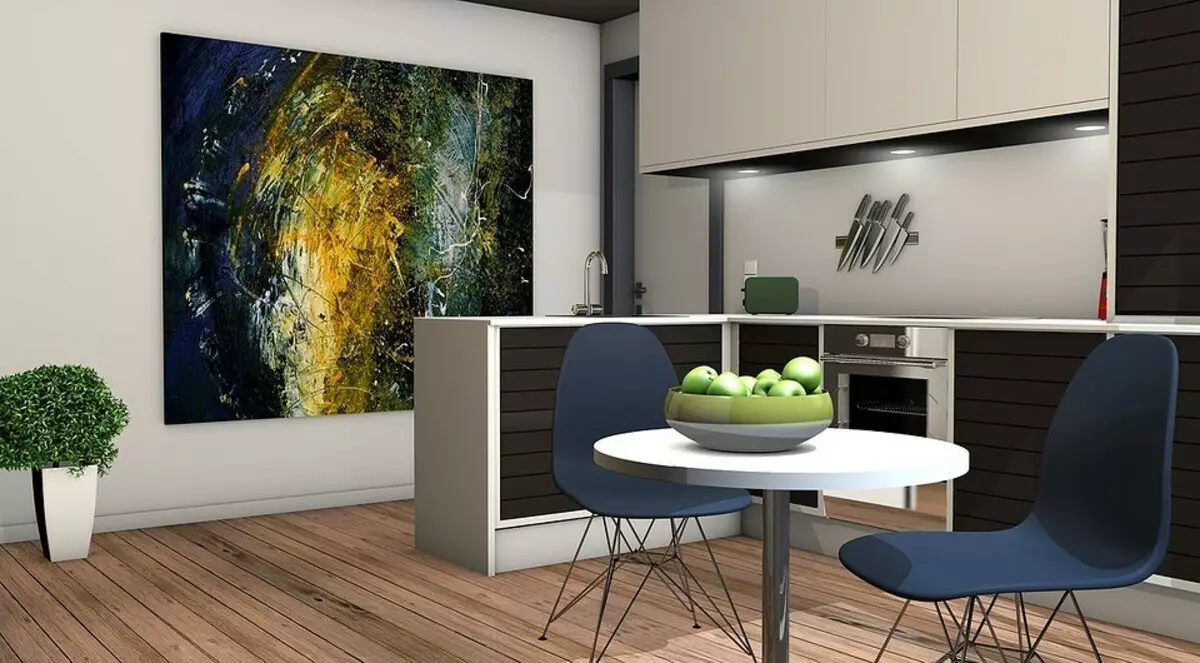
Sherryanka rougher than paper. Her fibers can ugly hang out of the seam. It can be fixed a little differently. Ribbon glue on a dry junction. Then fill it with a mixture, align. This procedure is easier to execute and takes less time, but there is a possibility of the appearance of emptiness under the grid.
Sheets with uncircumcised edges before handling joints need to be cut. Make it just enough:
- Welcome plates edges. For this, the wet brush is abundantly missing. We repeat the operation two or three times until the gypsum is spinning.
- We take a knife with a sharp blade, gently cut the edge at an angle of 45 °.
Before processing, the embroidered joint is best pricked. After that, it is filled with any way described above.
Finishing corners
The design of internal and external angles varies. For the reinforcement of the seat of the ceiling of the ceiling with a wall or two walls, serphenka or paper tape is used. Technology reminds work with joints. First, a little solution is placed at an angle, a tape is put on top of it. Its with some effort pressed into the base. Excess the composition is cleaned, finally align the plane.
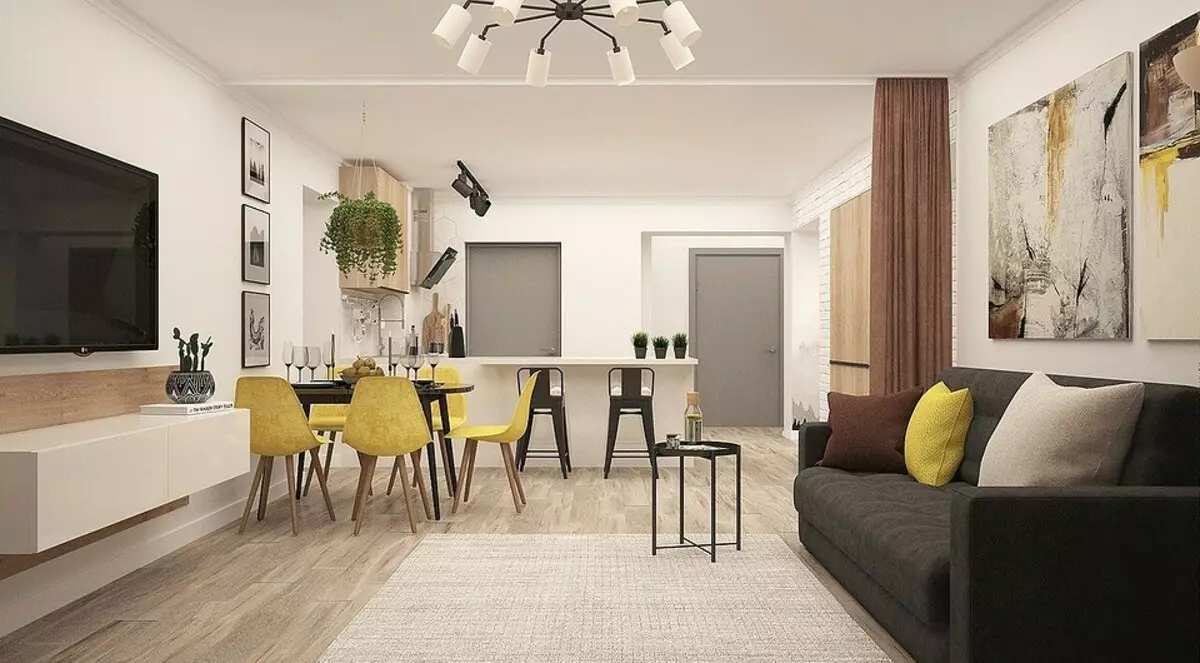
External angles to separate a little more difficult. To work, you will need to purchase perforated aluminum or plastic corners. Some masters like the decoration with metallized corners on a paper basis. They are also called the stitches, by the name of the company manufacturer. The use of these parts allows you to perform the most smooth transition to the plane.
How to seal the corners with a stroke
- Measure and cut off the reinforcing element of the desired length.
- On both sides in checkelling order we bring a gram of putty paste. The length of such a plot is 10-15 cm.
- We impose an element for the base, with a little effort pressed.
- We take the level, check the horizontal and vertical. If necessary, correct it so that everything is correct.
- We remove the surplus composition, align the item. We give the mixture to dry, after which we grind. If necessary, put a corner again.
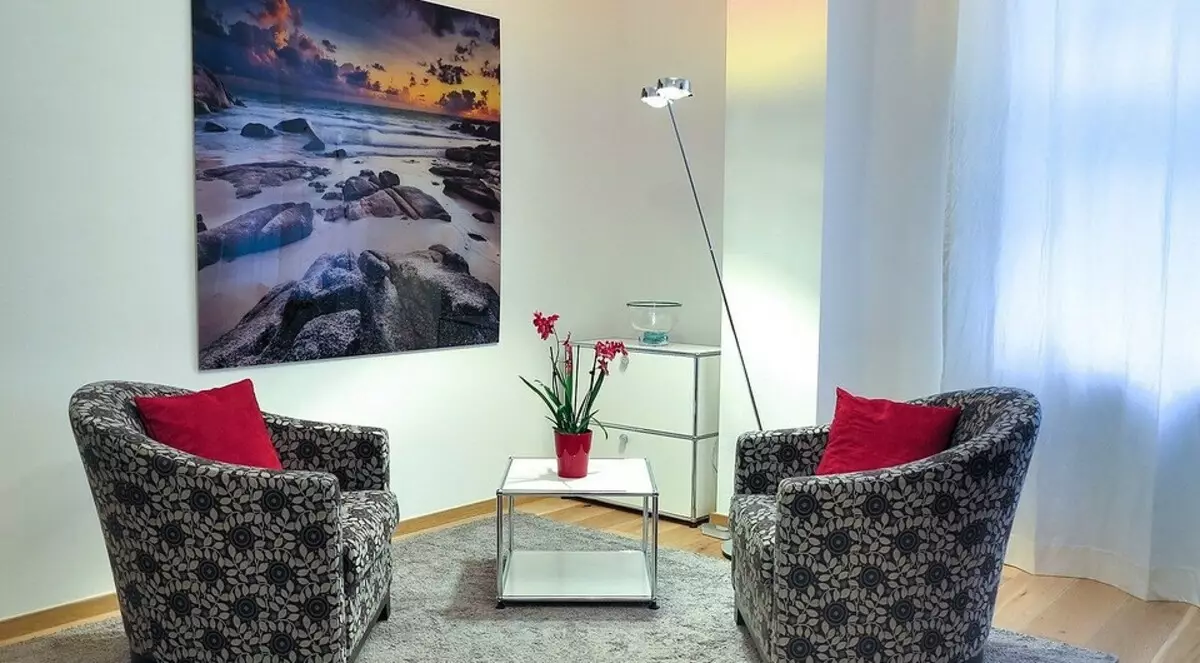
Alignment of planes
After all major flaws are embellished, proceed to the final surface alignment. It is necessary for further painting or blending wallpaper. It will take a wide spatula with a width of 40 cm and narrow. For the first layer, choose the starting mixture. Dil place it in accordance with the instructions.How to impose a spacure
- We take a narrow spatula, we impose a putty pasta to them on a wide one. There should be a small roller on the edge of the blade.
- We press the tool to the base, with a small reinforcement stretch it, stretching the mass on the surface.
- We repeat several times.
- Clean the spatula, press it to just a sharp-absorbing base, align it.
Less gently and carefully. The better it will do it, the less effort will have to spend on subsequent grinding. It is carried out after the material is completely dry. At this stage, you can finish those who plan to glue wallpaper. The putty of plasterboard under painting involves applying another layer of the mixture. This time the finishing composition is imposed.
The dry surface surface must be primed. It is divened, then apply the appropriate primer, waiting for drying. The mixture for applying should be more liquid than the starting preparation. It is imposed in the same way as the first layer, but stretch stronger. Must get a very decent layer. After drying it, the base is grinding. It is impossible to take the grid, otherwise there will be noticeable grooves, take a small sandpaper. The ground surface is ready for further trim.
We figured out how to put the plasterboard. An inexperienced master work may seem complex and time consuming. No need to lower your hands. Gradually comes experience and skill. We offer a video that will help to understand the intricacies of applying a putty mixture.
